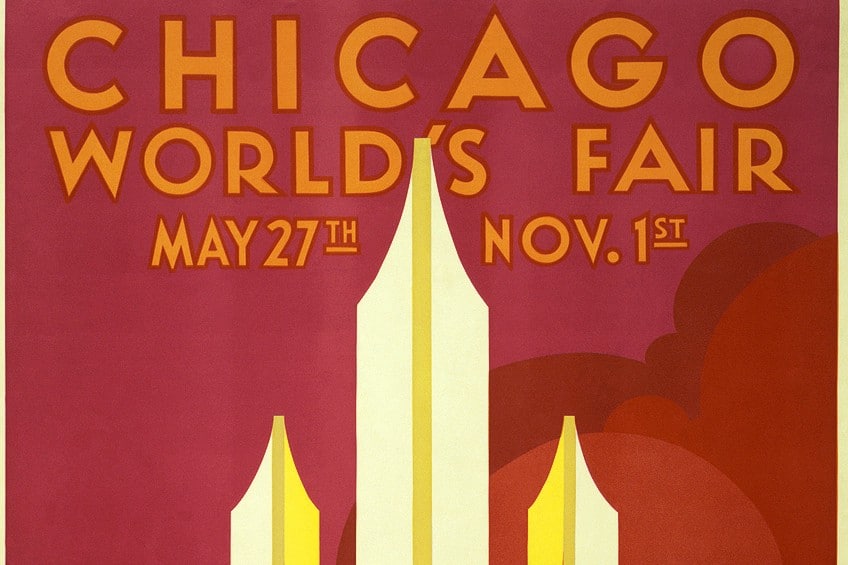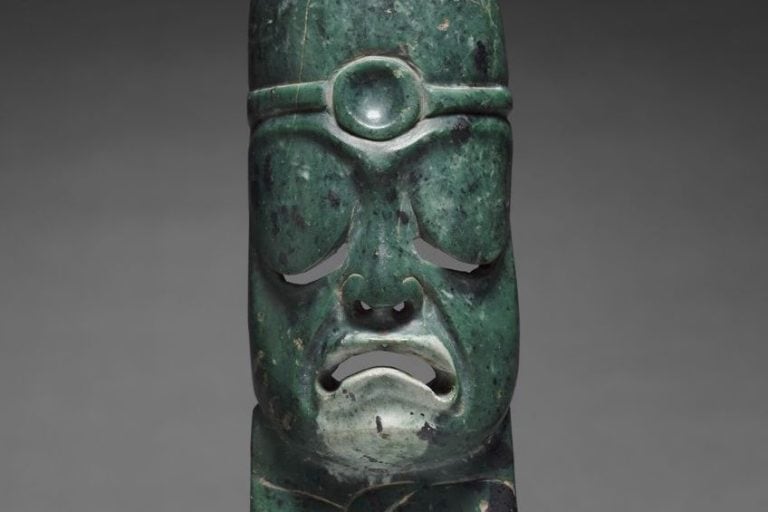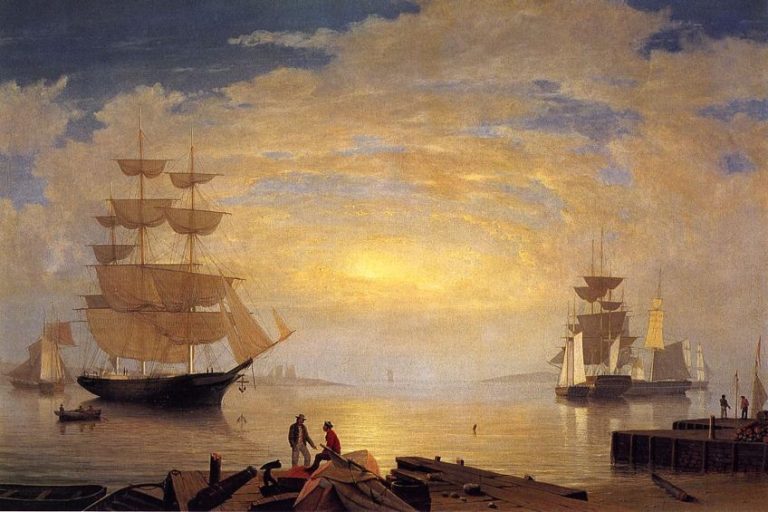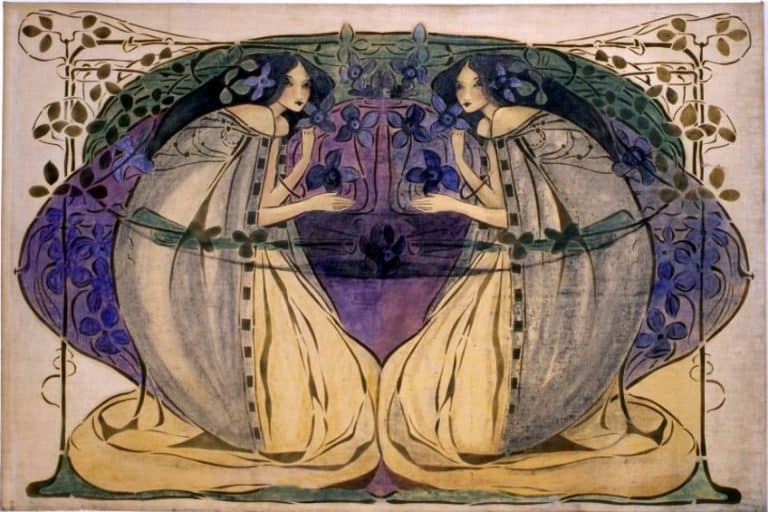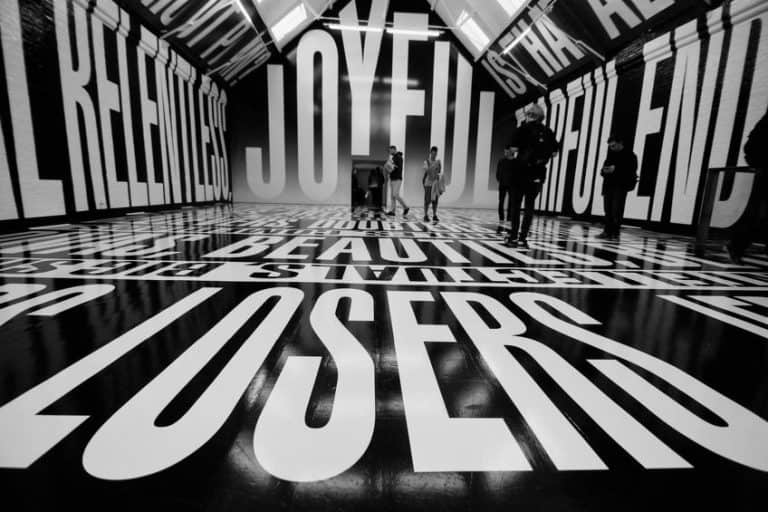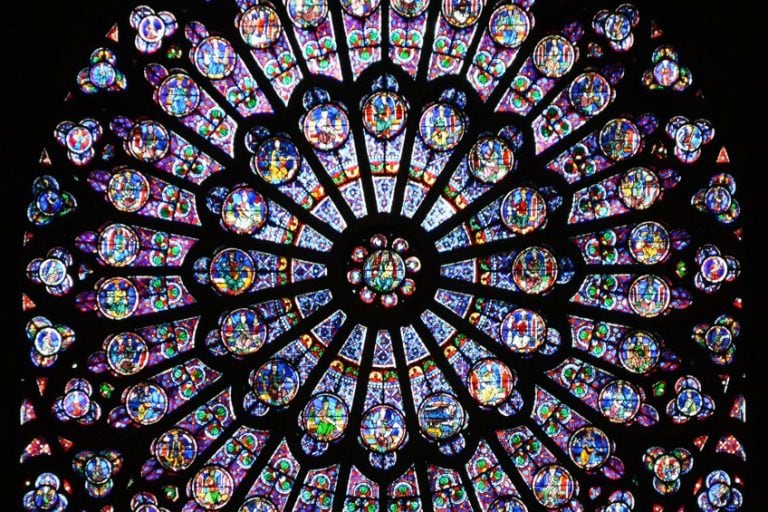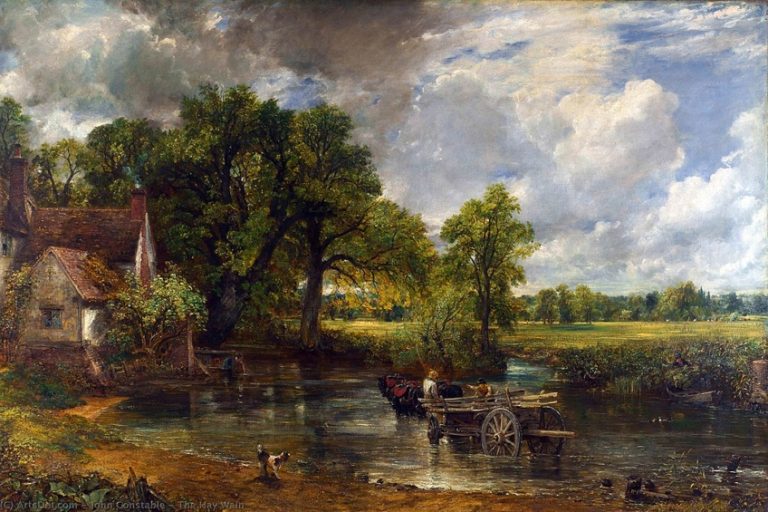1920s Art – An In-Depth Look at the World of Art in the 1920s
The Roaring 1920s was an era of great experimentation, creativity, and deeper personal expression. When the First World War ended and recovery started, the economy began to boom. The economic prosperity that followed the war enabled 1920s artists to experiment with innovative and creative methods and promoted an artistic revolution. Let’s learn more about art in the 1920s in our article below!
The Experimental World of 1920s Art
1920s artists used a wide range of styles and techniques to rebel against the conventional traditions that were prominent before the war, forming the foundation for contemporary and modern art as it is recognized today. During this period, art movements changed the purpose of art, redefined it, and transformed what it meant to be an artist.
During this period, some of the most prominent movements, including Dada, Surrealism, Expressionism, as well as the spectacular 1920s Art Deco, were born.
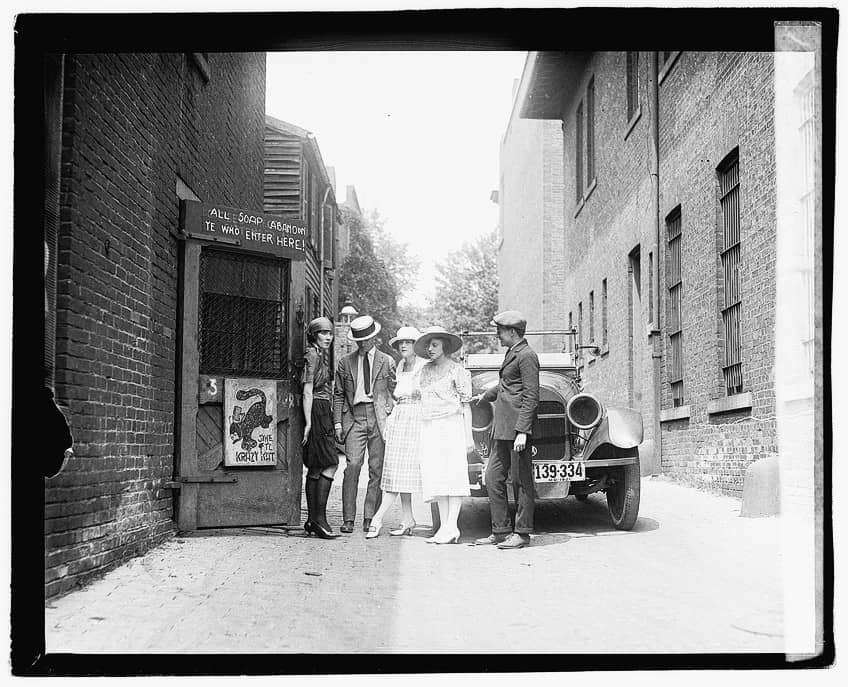
These innovative movements brought about a transformation in the way society regarded itself during an unprecedented period of inventiveness. This era was dubbed the Jazz Age by the well-known author F. Scott Fitzgerald. In the 1920s, technology, sexuality, and social development were significant themes in art and culture.
Musicians, artists, and authors strove to create something new and exciting.
Major 1920s Art Movements
The 1920s Art Deco movement blossomed throughout the decade, replacing the extravagant designs synonymous with the Victorian era. At the same time, prominent Realism painters such as George Luks remained popular, alongside a new philosophy of 1920s painting based on natural elements and abstraction.
Georgia O’Keeffe, an artist most known for her representations of nature, started to gain recognition in the 1920s.
Her experiments with abstract shapes in 1920s painting coincided with the expansion of her sculptural work. Much of the revolutionary ideology about three-dimensional production may be attributed to the Dada movement and specifically Marcel Duchamp’s ideas. Surrealism, like Dada, had an effect on the visual arts, theater, literature, cinema, and music.
The 1920s Art Deco Movement
Art Deco, which originated in Europe, was a prevalent style in architecture and design throughout this decade. As a result, it expanded rapidly throughout North America and Western Europe. In the United States, the Chrysler Building in New York City exemplified the Art Deco style, with further examples in Los Angeles, Chicago, and San Francisco.
In terms of two-dimensional manufacturing, 1920s art deco artists were drawn to the combination of traditional crafts with machine-era images and materials.
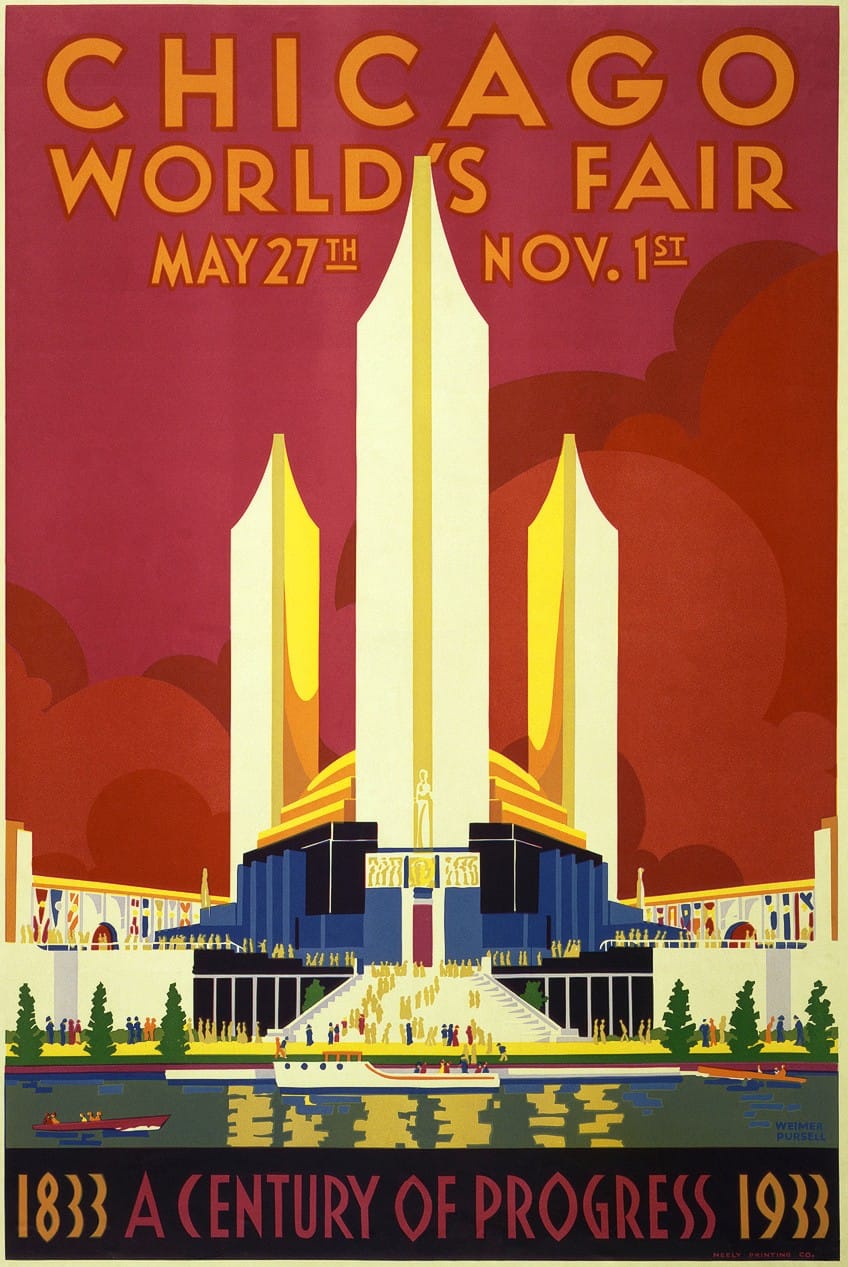
Tamara de Lempicka, with her portraiture of the elite and the advancements of that era, was undoubtedly one of the most recognized artists of the art deco period. This style was known for its poster art and pattern designs, which were characterized by opulent ornamentation, rich colors, and geometric forms. The dominance of rectilinear designs is clear in such instances, despite the fact that art deco painters often took inspiration from nature and also used curved lines.
Expressionism
Expressionism first emerged as a modernist trend in Germany during the 1920s art era. It began as a poetry and art style that emphasized the portrayal of the world, both exterior and interior, purely via a subjective perspective. This emotionally charged age was beneficial to creative filmmaking, as seen in Robert Wiene’s cinematic classic The Cabinet of Dr. Caligari. It was more necessary to distort the imagery for emotional effect, and moods were regarded as more significant than representing physical reality.
Expressionism was motivated primarily by the late-19th-century Symbolism movement, as well as modern trends and advances of the time, in part as a response to rising social concern and the concept of the loss of spirituality, and partially as a response to Impressionist painting.
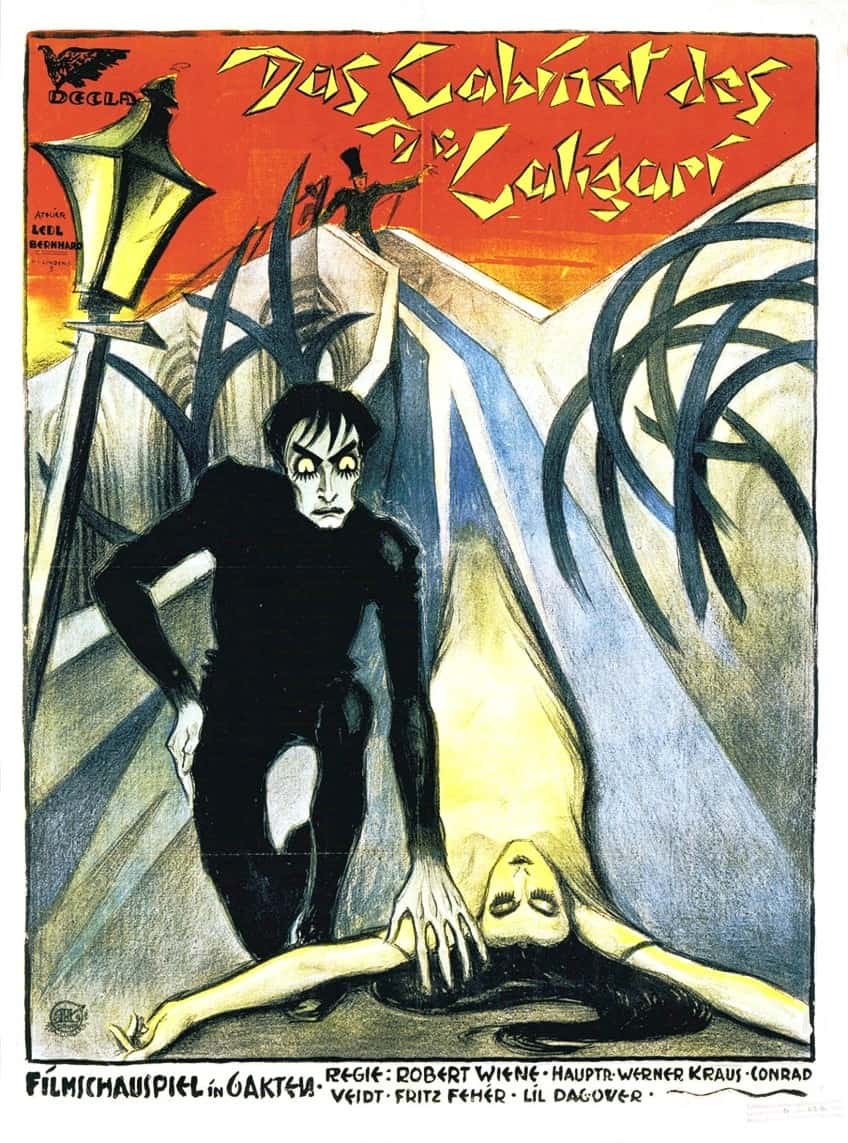
Wassily Kandinsky, Edvard Munch, Franz Marc, and Erich Heckel are among its most notable artists. These painters established new artistic standards that inspired Abstract Expressionism and the Neo-Expressionism art movements.
Dada
Dadaism has been lauded for its influence and significance as one of the most prominent avant-garde movements during the previous century. It began during World War I in Zurich and rapidly became an international phenomenon, spreading to cities throughout America and Europe. Dada artists organized and engaged in actions such as public meetings, rallies, and the production of art and literary magazines to oppose cultural and intellectual uniformity in art, regularly demonstrating political affiliations with the extreme left.
In visual art, an innovative notion emphasizing the idea above the subject matter was born. Marcel Duchamp is regarded as the movement’s leading figure, and his experimental way of looking at art gave rise to new concepts such as readymade artworks.
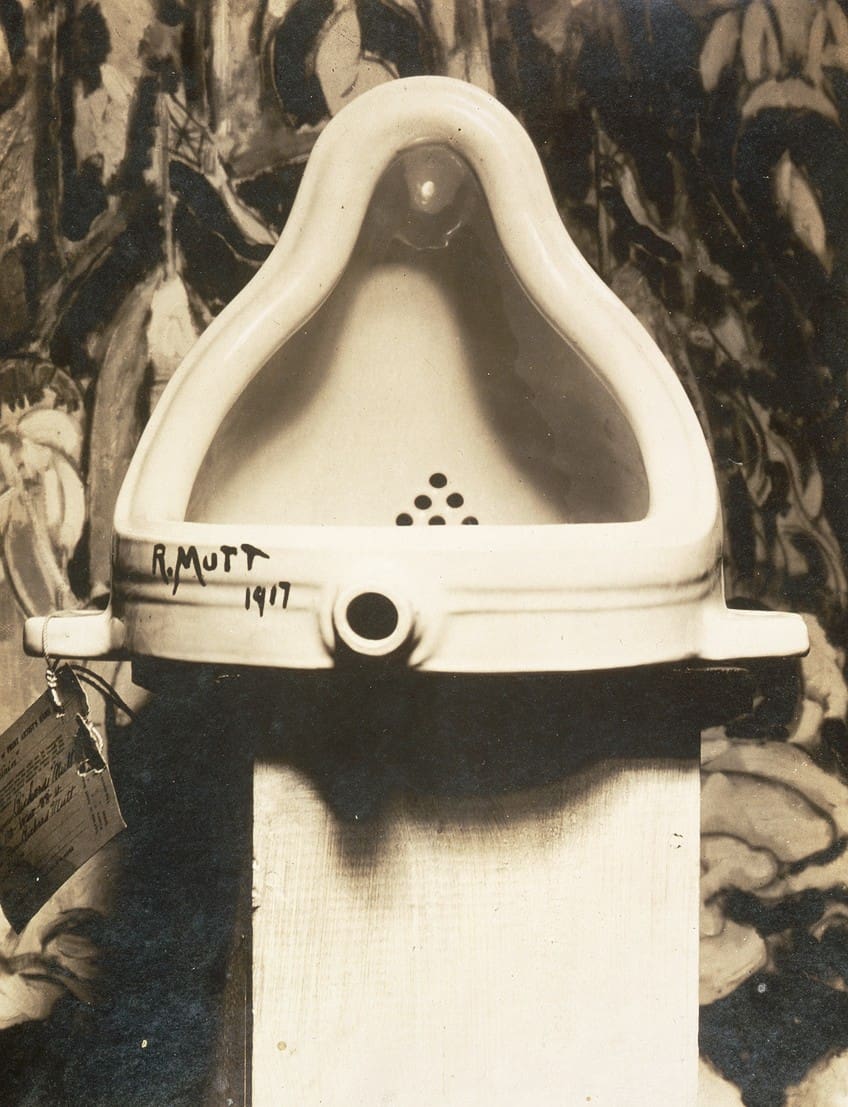
Fountain by Marcel Duchamp, photograph by Alfred Stieglitz at the 291 (Art Gallery) following the 1917 Society of Independent Artists exhibit, with entry tag visible. The backdrop is The Warriors by Marsden Hartley; Alfred Stieglitz, Public domain, via Wikimedia Commons
The concept of readymade artwork significantly impacted assemblage, found object works, and, to a lesser extent, recycled art, in addition to the initial concept of sculptural production. Dada collage pieces and other creative artworks from the 1920s art period expressed appreciation for machinery, technology, and Cubist concepts.
Surrealism
During the war, Dadaist activities gave rise to Surrealism art. It soon developed into a cultural movement, instead of just an artistic one, with its headquarters in Paris. Andre Breton, arguably the most important of its founders, emphasized the necessity of Surrealism art as a potentially revolutionary movement.
Juxtapositions, the element of surprise, the centrality of dream-like worlds, and the concept of the subconscious characterized the works they produced, feeling that they conveyed the philosophy that underlie the period in which psychoanalysis was founded.
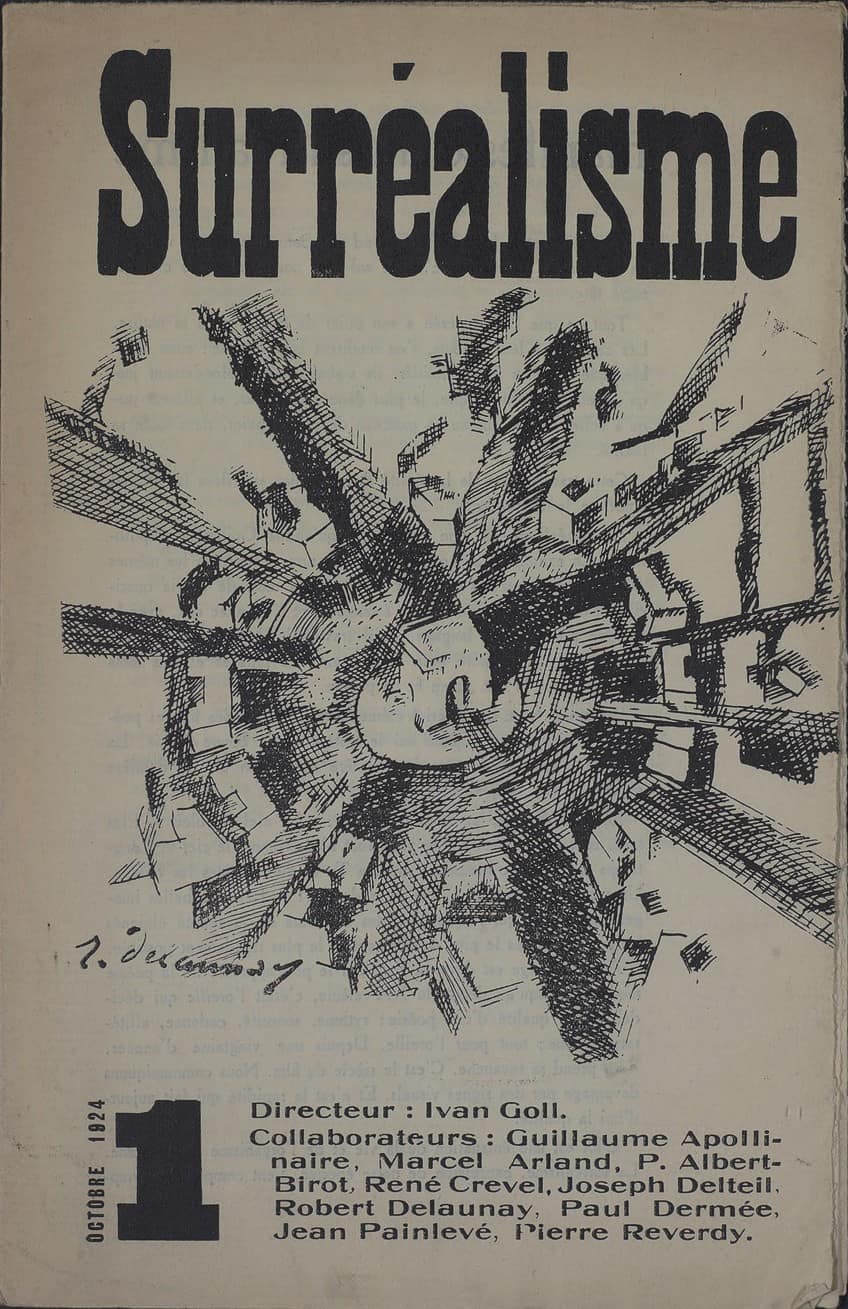
Breton issued his Surrealist Manifesto in 1924, defining the ideas of the period as pure mental automatism. Along with Breton, Salvador Dali, the self-proclaimed genius from Spain, renowned for many of the most thought-provoking and sometimes sexual imagery, is today regarded as one of the group’s most significant surrealist painters. Surrealism photography is now regarded as one of the medium’s most important developments.
The Harlem Renaissance
In the wake of the Great Migration, the Manhattan neighborhood of Harlem became a middle-class, primarily black enclave in the early 1900s, attracting an incredible assortment of black intellectuals and artists in a short period of time. As the Harlem community thrived and prospered, a Black Pride movement arose, and the Harlem Renaissance started.
The Harlem Renaissance cultural movement occurred during a period when black artists who ranged from photographers to musicians to sculptors started to be recognized for their skills.
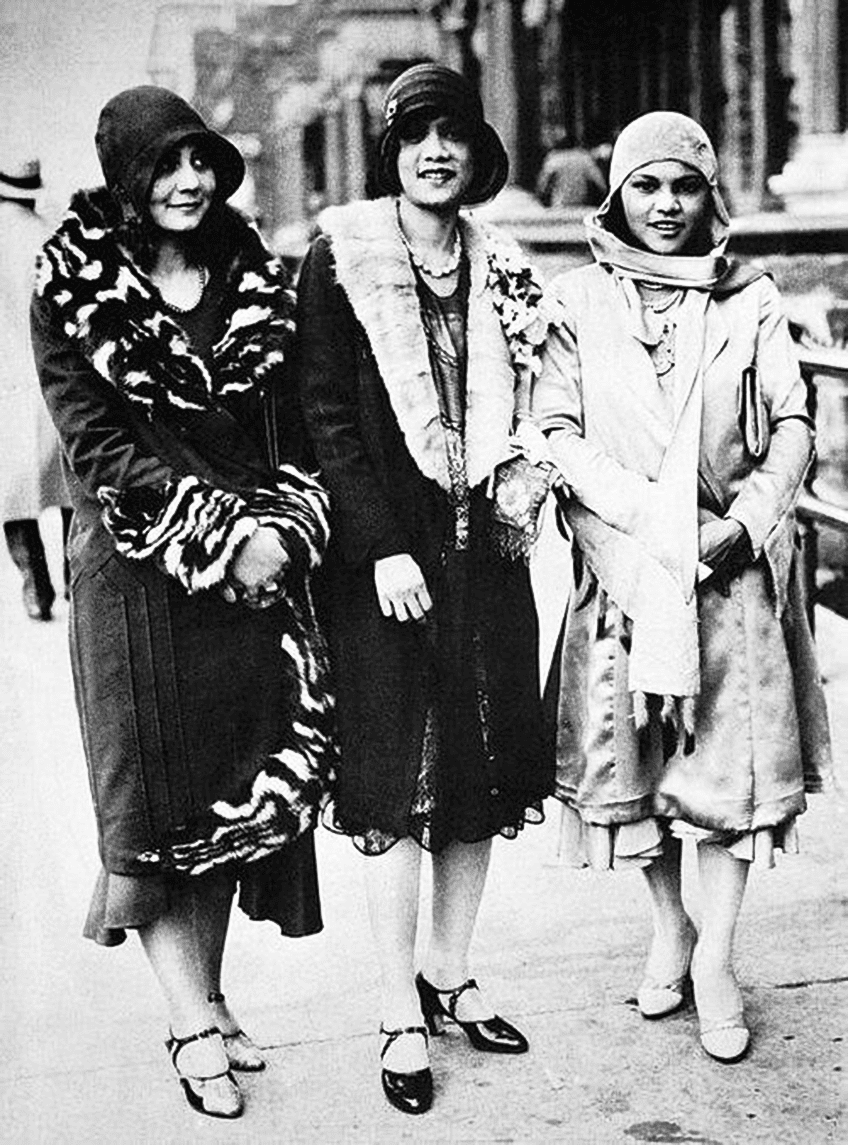
One of the goals of the Harlem Renaissance was to depict what it was like to be black in the United States in a realistic way. The Harlem Renaissance flourished until the 1929 Stock Market Crash, but it will always be regarded as the start of embracing and appreciating the work of black artists and intellectuals.
Photography
Furthermore, the 1920s were a watershed moment in photography history. Metal became an essential component in camera construction throughout this decade. Photographic technology has improved to the point that photographers were able to preview the final image before taking it. During the 1920s, well-known artists like Man Ray and Anselm Adams, two of the most iconic photographers in history, were only getting started.
This was a pivotal period in photographic experimentation, with artists dabbling with montages, collages, close-ups, and extreme angles.
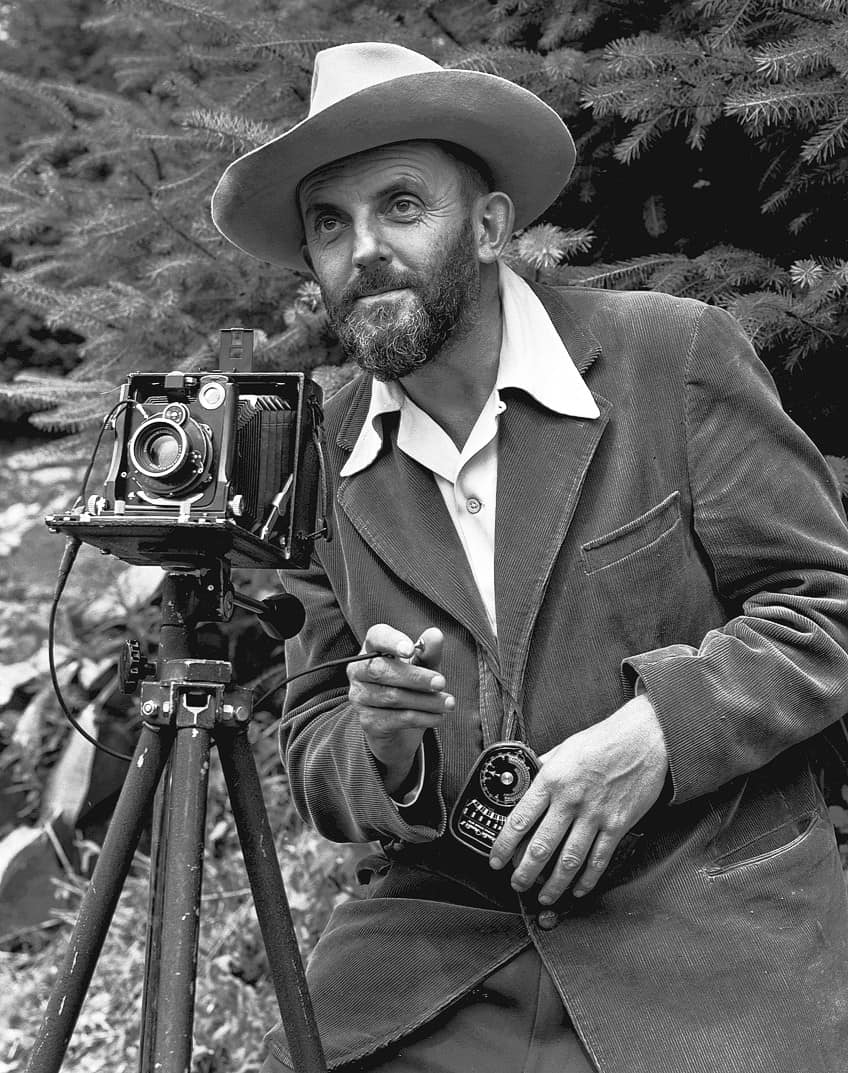
Fashion
The Roaring 1920s were a time when the image of a woman was defined by shorter, bobbed hairstyles, smoking cigarettes, drinking, and campaigning for women’s voting rights. This imagery unmistakably depicted a new type of lady. Another was the tendency of publishing photographs of women driving vehicles in women’s publications, despite the fact that the great majority of car owners and drivers were males. Tamara de Lempicka’s autoportrait of herself in a green Bugatti is a superb example of this. Floor-length gowns gave way to knee-length ones in vogue as ladies were finally permitted to expose some flesh.
Coco Chanel was the most recognizable fashion symbol of the period, admired for her avant-garde creations for the contemporary woman which arose during this exciting era.
High-heeled shoes, hats, and flashy jewelry were introduced alongside the first pants, bobbed hair, and flapper dresses. Various shoes were popular, including low-heeled shoes, galoshes, and high overshoes. A basic cut and a golden silk design, often combined with wavy hair and long gloves, created an elegant 1920s style. Dora Kallmus, whose alias was Madame d’Ora, also captured 1920s fashion in her photography. She was a portrait and fashion photographer from Austria. Kallmus established a studio in Vienna, Austria, where she photographed not only Tamara de Lempicka but also other notable ladies such as Coco Chanel and Josephine Baker.
Important 1920s Artists
Above, we covered some of the most influential 1920s art movements. But, who were the individuals behind these movements that propelled their development? In the next chapter, we shall explore a few of the most notable 1920s artists that helped shape the art world as we know it today.
Edvard Munch (1863 – 1944)
| Artist Name | Edvard Munch |
| Nationality | Norwegian |
| Date of Birth | 12 December 1863 |
| Date of Death | 23 January 1944 |
| Place of Birth | Ådalsbruk, Norway |
Norwegian artist, Edvard Munch, had a significant impact on 20th-century art with his innovative techniques, examination of psychological subjects, and ability to convey deep emotional experiences through his art. Munch is regarded as a significant figure in Expressionism.
Expressionist painters such as Munch used distorted shapes, vibrant colors, and vigorous brushwork to communicate subjective feelings as well as their inner experiences.
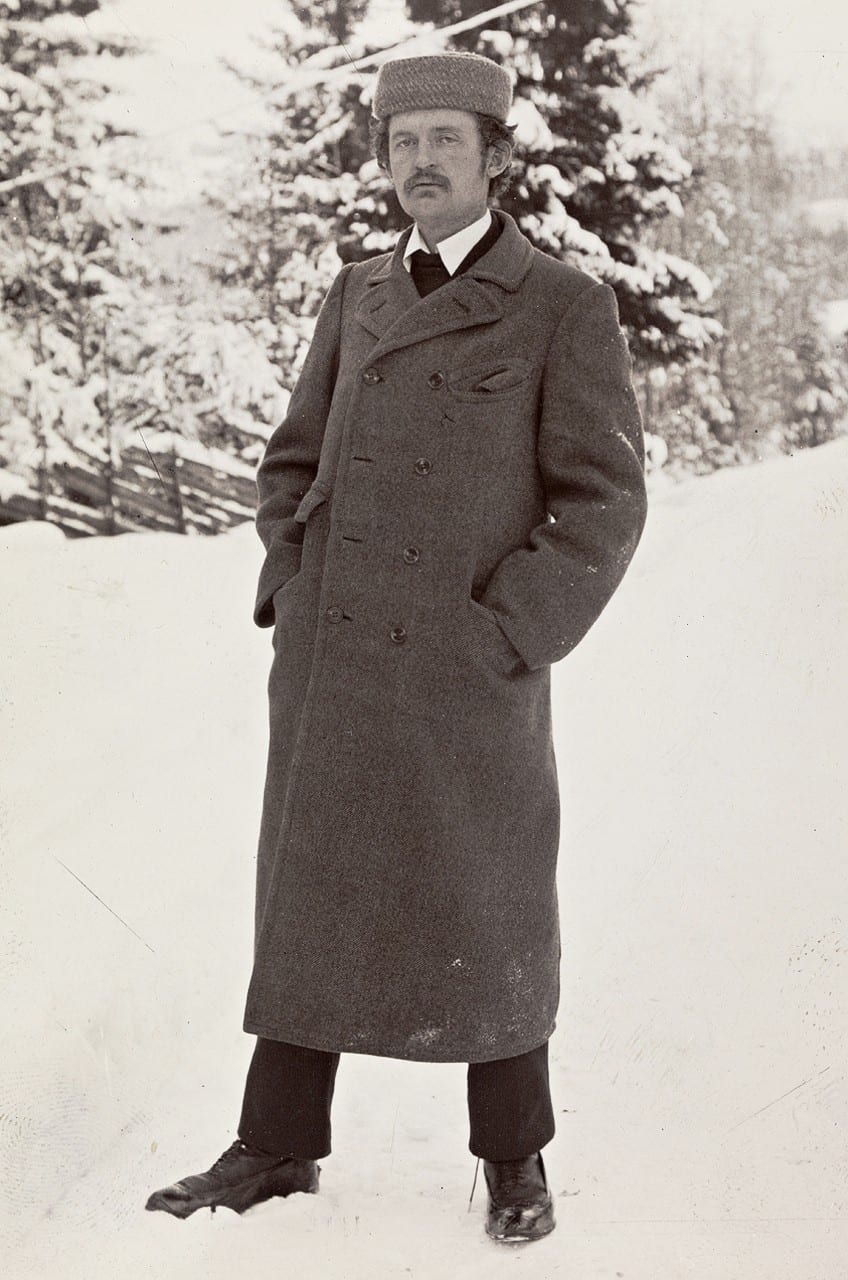
There were numerous artists in the 1920s who were interested in learning about the human psyche and were directly affected by ways of capturing deep human emotions. Munch’s artwork influenced German Expressionism, especially painters connected with the Die Brücke group. His emotionally charged works and examination of the human condition struck a chord with the German Expressionists, who strove to produce works that mirrored the post-World War I concerns and uncertainties.
Wassily Kandinsky (1866 – 1944)
| Artist Name | Wassily Kandinsky |
| Nationality | Russian |
| Date of Birth | 16 December 1866 |
| Date of Death | 13 December 1944 |
| Place of Birth | Moscow, Russia |
Wassily Kandinsky, a Russian art theorist, and artist, was an important figure in the creation of abstract painting in the 1920s. His artistic efforts and opinions had an enormous impact on the art world at the time. Kandinsky is widely regarded as one of the forefathers of abstract painting. He established a philosophy of non-representational art in the early 20th century, emphasizing the use of shape, color, and line to create unique spiritual experiences and emotions. His theories questioned the prevalent belief that art had to be a direct copy of the visible world, and his study of abstraction opened up new avenues for painters in the 1920s.
Kandinsky not only created paintings but also wrote extensively about art philosophy and taught at a number of art institutions.
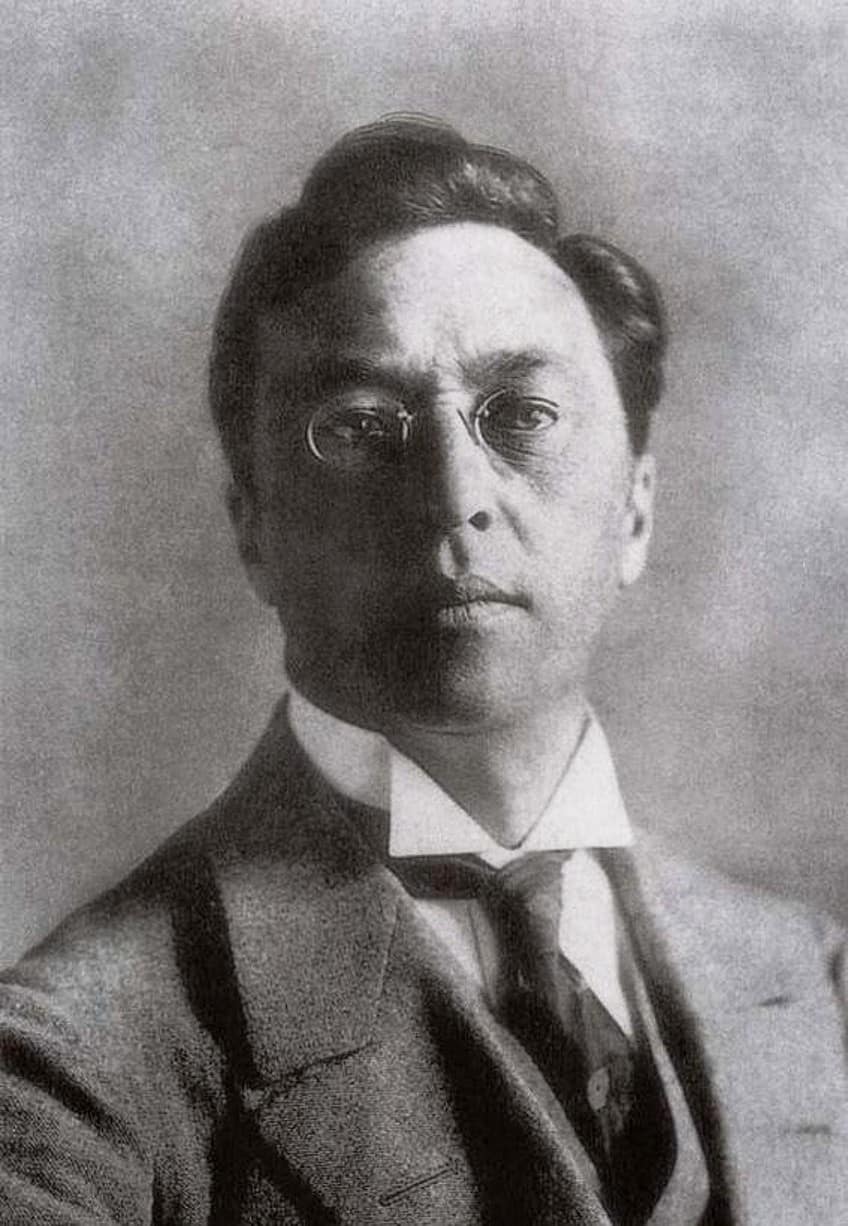
In the 1920s, his book Concerning the Spiritual in Art (1911) became an essential resource for many artists. During that period, his lessons and writings on the value of spirituality, abstraction, and the psychological impacts of color and shape affected a generation of painters. Kandinsky’s artwork influenced people all around the globe. He trained artists from all nationalities and backgrounds at the Bauhaus, an acclaimed art school in Germany, who then popularized his beliefs as well as his approaches to their own works.
Marcel Duchamp (1887 – 1968)
| Artist Name | Marcel Duchamp |
| Nationality | French-American |
| Date of Birth | 28 July 1887 |
| Date of Death | 2 October 1968 |
| Place of Birth | Blainville-Crevon, France |
Through his provocative conceptual approach, French-American artist Marcel Duchamp had a revolutionary impact on art in the 1920s. Duchamp is usually considered a forefather of conceptual art. He was known for challenging conventional views of art by creating the idea of the readymade, which involved identifying normal everyday things as pieces of art.
Duchamp was a key figure in the Dada movement, which arose during World War I in opposition to the existing traditions of the time. His effect on Dadaism lasted far into the 1920s, encouraging artists to question traditional art practices and adopt alternative and anti-establishment techniques.
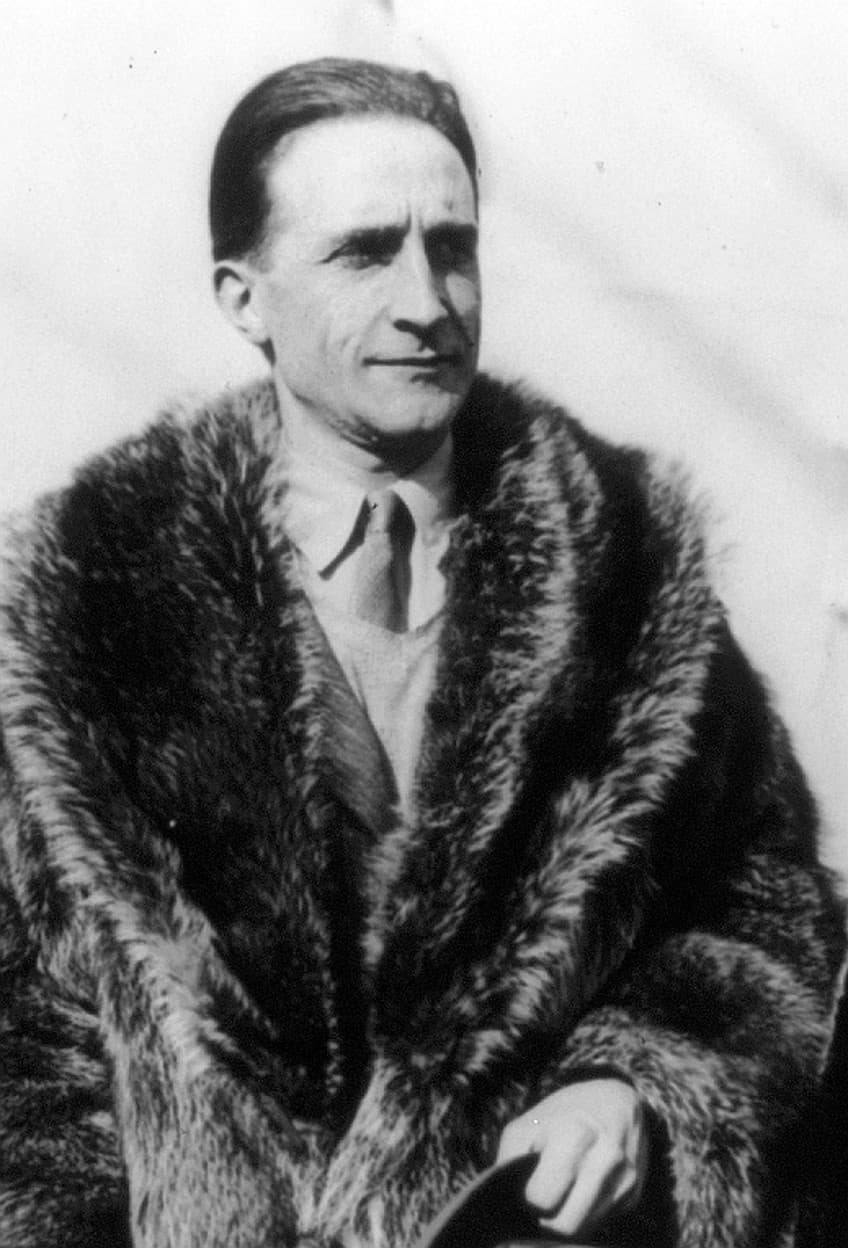
The Surrealist movement was profoundly shaped by Duchamp’s thoughts and artworks. Although Duchamp was not an official member of the Surrealist movement, his research of the human unconscious mind and the application of chance influenced Surrealist artists like Max Ernst and Salvador Dali.
Tamara de Lempicka (1898 – 1980)
| Artist Name | Tamara de Lempicka |
| Nationality | Polish |
| Date of Birth | 16 May 1898 |
| Date of Death | 18 March 1980 |
| Place of Birth | Warsaw, Poland |
Tamara de Lempicka’s particular style and representation of modern life had a profound impact on art in the 1920s. Tamara de Lempicka’s art is associated with the Art Deco style of the 1920s. Her 1920s paintings featured elegant, geometric lines, lavish environments, and graceful individuals, evoking the spirit of the modern era. Her paintings usually featured independent women who symbolized the shifting roles of the 1920s “New Woman”. Her subjects radiated sensuality, confidence, and refinement, defying the gender stereotypes and expectations that were prevalent at the time.
Lempicka’s depictions of strong women captured the essence of the Roaring 1920s and served as an influence for other artists attempting to reflect the shifting social dynamics of that decade.
She blended neoclassical and Cubist elements into her works, resulting in a distinct visual language that connected the past and the present. This blending of influences represented the 1920s’ transitional nature, as society wrestled with a struggle between tradition and modernization. Tamara de Lempicka’s influence extended way beyond the 1920s. Her unusual style and representation of modern life have remained popular with viewers throughout the previous century and beyond.
As we have discovered today, the 1920s was a very significant decade when it comes to art and culture in general. The 1920s were a period when artists experimented with their postwar independence by rejecting the status quo and reinventing art. Artists started to delve beyond the surface of art and investigated the human mind, emotions, and ideas of both themselves and the outside world. The 1920s art trends were characterized by invention and the avant-garde. The significance of this moment in art history affected the modern and contemporary art movements that formed in the decades that followed, and it altered the way art is perceived today.
Frequently Asked Questions
What Defined Art in the 1920s?
This period in the history of art can be defined as a time of experimentation and a distinct rejection of the status quo. Influential movements, such as Art Deco, Expressionism, Dadaism, and Surrealism arose to challenge the traditional art world and offer something unique and innovative to the world. The 1920s artists not only changed the way art was created in their own decade, but also shaped the world of art for decades to follow.
What Painting Styles Were Popular in the 1920s?
Unlike the traditional styles that preceded those of the 1920s, artists began to turn away from realistic depictions. New movements arose that significantly opposed the manner in which we create and view art, such as Marcel Duchamp and the Dada movement. 1920s Art Deco was another very popular movement in that decade. One of its most renowned artists was Tamara de Lempicka, who helped establish the emerging ideal of a strong and independent woman.
Isabella studied at the University of Cape Town in South Africa and graduated with a Bachelor of Arts majoring in English Literature & Language and Psychology. Throughout her undergraduate years, she took Art History as an additional subject and absolutely loved it. Building on from her art history knowledge that began in high school, art has always been a particular area of fascination for her. From learning about artworks previously unknown to her, or sharpening her existing understanding of specific works, the ability to continue learning within this interesting sphere excites her greatly.
Her focal points of interest in art history encompass profiling specific artists and art movements, as it is these areas where she is able to really dig deep into the rich narrative of the art world. Additionally, she particularly enjoys exploring the different artistic styles of the 20th century, as well as the important impact that female artists have had on the development of art history.
Learn more about Isabella Meyer and the Art in Context Team.
Cite this Article
Isabella, Meyer, “1920s Art – An In-Depth Look at the World of Art in the 1920s.” Art in Context. July 24, 2023. URL: https://artincontext.org/1920s-art/
Meyer, I. (2023, 24 July). 1920s Art – An In-Depth Look at the World of Art in the 1920s. Art in Context. https://artincontext.org/1920s-art/
Meyer, Isabella. “1920s Art – An In-Depth Look at the World of Art in the 1920s.” Art in Context, July 24, 2023. https://artincontext.org/1920s-art/.


